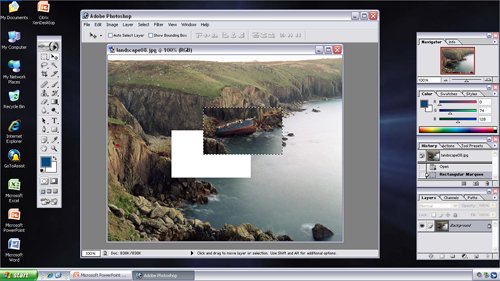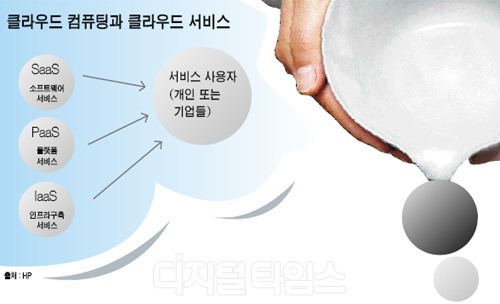The libpcap file format is the main capture file format used in TcpDump/WinDump, Wireshark/TShark, snort, and many other networking tools.
Overview
This file format is a very basic format to save captured network data. As the libpcap library became the "de facto" standard of network capturing on UN*X, it became the "common denominator" for network capture files in the open source world (there seems to be no such thing as a "common denominator" in the commercial network capture world at all).
Libpcap, and the Windows port of libpcap, WinPcap, use the same file format.
Although it's sometimes assumed that this file format is suitable for Ethernet networks only, it can serve many different network types, examples can be found at the Wireshark's Supported Capture Media page; all listed types are handled by the libpcap file format.
The proposed file extension for libpcap based files is: .pcap
Wireshark handles all capture file I/O in the wiretap library. You'll find further details about the libpcap file format in the wiretap/libpcap.c and .h files
There are some variants of the format "in the wild", the following will only describe the commonly used format in its current version 2.4. This format version hasn't changed for quite a while (at least since libpcap 0.4 in 1998), so it's not expected to change except for the PCAPng file format mentioned below.
The file has a global header containing some global information followed by zero or more records for each captured packet, looking like this:
Global Header | Packet Header | Packet Data | Packet Header | Packet Data | Packet Header | Packet Data | ... |
A captured packet in a capture file does not necessarily contain all the data in the packet as it appeared on the network; the capture file might contain at most the first N bytes of each packet, for some value of N. The value of N, in such a capture, is called the "snapshot length" or "snaplen" of the capture. N might be a value larger than the largest possible packet, to ensure that no packet in the capture is "sliced" short; a value of 65535 will typically be used in this case.
- This header starts the libpcap file and will be followed by the first packet header:
typedef struct pcap_hdr_s { guint32 magic_number; /* magic number */ guint16 version_major; /* major version number */ guint16 version_minor; /* minor version number */ gint32 thiszone; /* GMT to local correction */ guint32 sigfigs; /* accuracy of timestamps */ guint32 snaplen; /* max length of captured packets, in octets */ guint32 network; /* data link type */} pcap_hdr_t;- magic_number: used to detect the file format itself and the byte ordering. The writing application writes 0xa1b2c3d4 with it's native byte ordering format into this field. The reading application will read either 0xa1b2c3d4 (identical) or 0xd4c3b2a1 (swapped). If the reading application reads the swapped 0xd4c3b2a1 value, it knows that all the following fields will have to be swapped too.
- version_major, version_minor: the version number of this file format (current version is 2.4)
- thiszone: the correction time in seconds between GMT (UTC) and the local timezone of the following packet header timestamps. Examples: If the timestamps are in GMT (UTC), thiszone is simply 0. If the timestamps are in Central European time (Amsterdam, Berlin, ...) which is GMT + 1:00, thiszone must be -3600. In practice, time stamps are always in GMT, so thiszone is always 0.
- sigfigs: in theory, the accuracy of time stamps in the capture; in practice, all tools set it to 0
snaplen: the "snapshot length" for the capture (typically 65535 or even more, but might be limited by the user), see: incl_len vs. orig_len below
network: link-layer header type, specifying the type of headers at the beginning of the packet (e.g. 1 for Ethernet, see tcpdump.org's link-layer header types page for details); this can be various types such as 802.11, 802.11 with various radio information, PPP, Token Ring, FDDI, etc.
 Note: if you need a new encapsulation type for libpcap files (the value for the network field), do NOT use ANY of the existing values! I.e., do NOT add a new encapsulation type by changing an existing entry; leave the existing entries alone. Instead, send mail to tcpdump-workers@lists.tcpdump.org , asking for a new link-layer header type value, and specifying the purpose of the new value.
Note: if you need a new encapsulation type for libpcap files (the value for the network field), do NOT use ANY of the existing values! I.e., do NOT add a new encapsulation type by changing an existing entry; leave the existing entries alone. Instead, send mail to tcpdump-workers@lists.tcpdump.org , asking for a new link-layer header type value, and specifying the purpose of the new value.
Packet Data
Libraries
It shouldn't be too hard to implement functions to read/write a libpcap file from scratch as it's a really simple file format. However, if you want to use a library for this purpose, or if you need to actually capture packets from a live network, the following libraries are available to do just this:
There are wrappers for various programming languages available (but you must have one of the above libs installed):
Net::Pcap: Perl based libpcap wrapper
Jpcap: JAVA based libpcap wrapper
python-libpcap: Python based libpcap wrapper
Ruby/Pcap: Ruby based libpcap wrapper
- ... you may add a libpcap wrapper for your favourite programming language or using Google if it's still missing here ...
Note that if you write your own code, it will fail to read any capture files in the "next generation libpcap" format mentioned below. If you use libpcap, however, it will, when linked (at build time or run time) with a version of libpcap/WinPcap that can read those files, be able to read "next generation libpcap" files that don't use features not supported by the current libpcap API (such as packets from multiple interfaces with different link-layer types) as well as reading the current libpcap format. As such, you should use libpcap/WinPcap if you can, rather than writing your own code to read those files.
Drawbacks
The libpcap format is very simple, one of the reasons that it has gained such a wide usage. Unfortunately it misses a few things which would be helpful:
- nanosecond time resolution
- user comments: "shows connection breakdown starting at packet 1432"
- interface information (like the network card manufacturer)
- packet drop count (and probably other counts as well)
- ...
Future
It is widely accepted that the libpcap file format serves its purpose but lacks some useful features. There's a proposal of a next generation pcap file format available at: http://www.winpcap.org/ntar/draft/PCAP-DumpFileFormat.html. The new format supplies many of the capabilities listed in "Drawbacks" above.
This is still a proposal for quite a while now. Wireshark currently has the ability to read at least some pcap-NG files, although it doesn't support all of the capabilities of the files, and libpcap 1.1.0 and later have a limited ability to read them as well. The NTAR - Network Trace Archival and Retrieval library is currently under development. When finished it can read/write the records in that format, but not interpret them (like Wireshark does); in the future, libpcap and Wireshark will use that library and will interpret the records.
More details about the integrating of the pcapng file format into Wireshark at: Development/PcapNg
Discussion
May be, it will be better, to use the word "data block" or "block" or some other instead of "packet"










